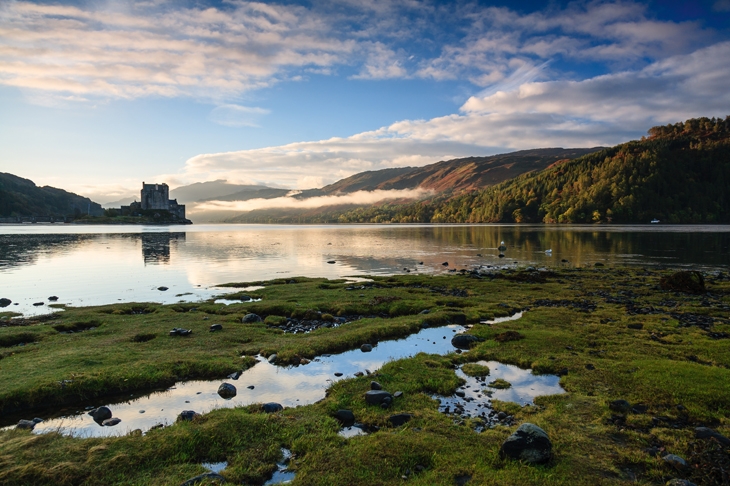In 2008, the Scottish poet Kathleen Jamie characterised the typical exponent of modern nature writing as ‘the lone enraptured male’. This was a more solemn, grown-up Basil Fotherington-Thomas, the effete schoolboy of the Molesworth books who prances about in puerile pantheistic ecstasy, saying, ‘hullo clouds, hullo sky’. Ten years on, there is barely a British landscape that has not been visited by the species. He sits in a car until he reaches the chosen spot. Then, winding down the window, stunned by emptiness and silence, he savours the momentary disconnection from global networks. The void is soon filled with childhood memories, poems learnt at school and Wikipedia articles. Wordsworthian plangency is provided by climate change or some ghastly development in the writer’s life — sickness, bereavement, midlife crisis or divorce — which leads him to consider all of Nature as a gigantic emotional support animal.
Donald Murray’s spartan trudge through peat bogs and moorland — mostly Scottish but also Irish, Dutch, German and Australian — has not a hint of Molesworth nor even of Wordsworth. Murray grew up on the almost ‘empty’ Isle of Lewis, cutting and stacking the oozing slabs of peat with his father, digging down to the layer of mòine dhubh (‘black peat’), ‘the one closest to coal both in its shade and its heat-giving properties’. With every year that passed, the black tide receded, leaving an ever bleaker landscape of gravel and rock. I was reminded of Ivor Cutler family nature walks in Life in a Scotch Sitting Room:
Then Father became instructive: ‘Look, a tree’, he would say, or ‘Look, a patch of grass’.
But on Lewis, the woods were swallowed long ago by the bog:
Sometimes there were the roots of the old trees that had once covered the island found within the peat there, burnished silver by its oil.








Comments
Join the debate for just £1 a month
Be part of the conversation with other Spectator readers by getting your first three months for £3.
UNLOCK ACCESS Just £1 a monthAlready a subscriber? Log in